SERIES REVIEW – The six-part season of Obi-Wan Kenobi, with its exciting, spectacular clashes, cute little Leia, and relatively interesting characters, tries to both satisfy fan demand and weave together a challenging story. Still, unfortunately, overall, it crumbles under the weight of those expectations. Warning, this review is SPOILER for the whole season!
While watching Obi-Wan, I kept thinking I’d seen a movie like this with Ewan McGregor. I mean, I’m not referring to the earlier Star Wars films where he played the well-known Jedi as a much younger actor, but to that other iconic role that helped cement which he was as an actor in the eyes of a generation back in the day. It’s the film that older generations still identify McGregor with to this day: the tough, heroin-addicted suitor who spits on conventions with a maniacal grin while constantly shooting up with his friends.
Jedispotting
Obviously, I’m thinking of Trainspotting, one of the most influential British films of the nineties, which had a sequel in 2017, and McGregor plays a very similar character in it. A former schoolboy in his late forties, he is burnt out – physically and mentally – without his old ‘bugs’. Still, he is forced to ‘come back and find himself because some of his old friends who hated him (especially Begbie, played by Robert Carlyle) are out for his blood or at least want to do him in evil ways.
One of the most amusing aspects of the comparison between T2 Trainspotting and Obi-Wan Kenobi is how similar Begbie’s character is to Darth Vader’s in that they both want to end Obi-Wan’s life at all costs and with utterly blind hatred. Also, it is an interesting analogy that the two McGregor sequels have similar dramaturgical problems; overall, neither has been up to the task of a sequel.
It was a long and bumpy road…
Obi-Wan Kenobi has had a tough road to the silver screen: it started life as a film, became a TV series, and was rewritten in the wake of Mandalorian. It’s unclear how much the original idea made it into the final product, but it lost a lot in the transfer from the big screen to the small screen. The Kenobi series arrives with the best intentions but gets lost in its servility to fans and adherence to a somewhat cynical, streaming-centric structure.
A promising start
The overall intent of Kenobi is strong. Ultimately, it’s a story in which Obi-Wan comes to terms with his trauma, faces his greatest failure, and regains a faint sense of hope. (This is precisely what worked initially in T2 Trainspotting.) It’s an essential step for the character. While I would have questioned the need to have him confront Darth Vader again (and again), this relationship is handled exceptionally well by the series creators. The simple decision to keep Obi-Wan in the dark about Anakin’s survival until the new villain, Reva, informs him of it results in one of the most emotionally powerful blows of the series. The switch from young Luke to young Leia was also a clever and concise move. There was undoubtedly potential in Obi-Wan coming to terms with his former apprentice’s lineage while also protecting its progeny.
There are also many beautiful things to see in Obi-Wan Kenobi. McGregor is stunning in his portrayal of the character, imbuing him with a sense of deep sadness and regret that fully captures the trauma that an event like Order 66 can cause. In this situation, he is even more exhausted than old Luke, having to face both personal guilt and an utterly devastating loss on a galaxy scale. McGregor is superb in both playing this depression and coming out of it.
There are also a lot of very well-shot scenes and great new characters: Obi-Wan reaching out to his old master, only to hear silence; Kumail Nanjiani as the rogue pseudo-Jedi; Rupert Friend’s genteel Grand Inquisitor; the hilarious collaborator trucker; Obi-Wan’s cowardice when he first confronts Vader; the cut to Vader after Obi-Wan realizes he’s still alive; the moments of actual communication between the two. (We could only forget the chase scenes with the hooded chase that have become a meme on social media.) Even ten-year-old Vivien Lyra Blair has some wonderfully emotional or funny moments as young Leia Organa.
On the musical front, the series is also to be praised: Natalie Holt, who, after her fantastic score for Loki, again does a great job of covering John Williams’ old and new themes, and her work carries great emotional weight, as film scores like this always do.
Disney is with you, young Jedi!
If Disney Plus subscriber marketing had not been part of the task, this story could have been condensed from a six-part, four-hour series into a two-and-a-half-hour film. Unfortunately, Obi-Wan Kenobi is a Disney+ TV series, after all, and that has unfortunate side effects. First and foremost, the series serves as real proof that the “breaking a movie into parts” model is actually unsatisfactory in a structure that recognizes episodes as stand-alone pieces. The character of Reva, despite a charismatic performance by Moses Ingram, is hampered by the need to divide revelations from episode to episode artificially. The ‘big twist’ – that he wants revenge on Darth Vader – comes too late to be surprising or exploited in any exciting way. Hence, the final twist effectively comes out of nowhere, and a somewhat clichéd flashback montage carries a huge narrative weight.
Imagine a version of the series that talks openly about the characters’ motivations rather than hiding them and in which Reva, Vader and Kenobi play off each other for more than a few minutes at a time. He’s clearly going for a spinoff of his own (another Disney+ trademark shared by other characters in the series), but those characters aren’t given enough time to be given enough time to make us want to see the spinoffs.
Stuck between the prequel trilogy and the classic “New Hope
Kenobi also falls prey to the biggest problem facing post-Lucas Star Wars franchises: a complete obsession with the past. Despite an initially thrilling exploration of trauma and guilt, Kenobi ultimately serves as a kind of Skywalker era for fans of the prequel films, lavishing fans with tedious fan service and flashbacks while we are treated to one last (?) Vader and Obi-Wan Street Fighter-like duel.
Hayden Christensen is also brought back – thank goodness for just a few minutes – precisely enough time to see the substantial limitations of his face-identifiably entire acting repertoire once again. In the final hour, the series is almost comically purposeful in its efforts to make the most of its side-splitting dialogue line, which makes strong references to New Hope: Vader outright says he killed Anakin, Obi-Wan offers Leia nebulous future help, but Vader’s “master/apprentice” mantra also had to be unnecessarily repeated from Obi-Wan’s final duel.
Of course, the makers also tried to play it safe and forced some unrealistic twists into the story due to the forced retconning of the series. Obi-Wan and Leia, for example, have a pact of secrecy (but Obi-Wan assures Leia that he can “call” for help whenever he needs it), and Palpatine stops Vader’s quest for revenge because the series is over and Obi-Wan is not going to be seen much again until A New Hope.
We sense a disturbance in the Force
The series’ creators can almost feel the pain of having to concoct a script that both desperately tries to conform to Star Wars canon and avoid upsetting fans.
Perhaps the only thing we can be somewhat satisfied with is the ‘final’ (but of course, it’s far from being the final) confrontation between Obi-Wan and Darth Vader – at least in its visual realization. Strangely enough, it’s no more than the aforementioned Star Wars Street Fighter duel, where we know that no one is going to die here, and we can only watch the two characters fight each other with lightsabers and bombard each other with Force spells. The final showdown, of course, is in 1977’s New Hope…
Taika Waititi is absolutely right: for this franchise to really move forward, it needs to get rid of the old characters finally. In that respect, Andor looked promising, but we’re talking about Disney, so I’m bound to believe we’d be getting rid of the Skywalkers. The Acolyte set 100 years before the prequel trilogy may bring something new, but I bet Shmi Skywalker’s great grandparents will have something to add to that.
-BadSector-
Obi-Wan Kenobi S01
Direction - 5.4
Actors - 8.4
Story - 6.2
Visuals/Music/Sounds/Action - 7.4
Ambience - 6.2
6.7
FAIR
Perhaps the only thing we can be somewhat satisfied with is the 'final' (but of course, it's far from being the final) confrontation between Obi-Wan and Darth Vader - at least in its visual realization. Strangely enough, it's no more than the aforementioned Star Wars Street Fighter duel, where we know that no one is going to die here, and we can only watch the two characters fight each other with lightsabers and bombard each other with Force spells. The final showdown, of course, is in 1977's New Hope... Taika Waititi is absolutely right: for this franchise to really move forward, it needs to get rid of the old characters finally. In that respect, Andor looked promising, but we're talking about Disney, so I'm bound to believe we'd be getting rid of the Skywalkers. The Acolyte set 100 years before the prequel trilogy may bring something new, but I bet Shmi Skywalker's great grandparents will have something to add to that.

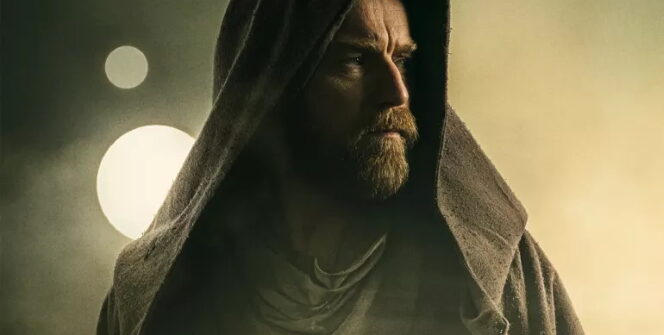
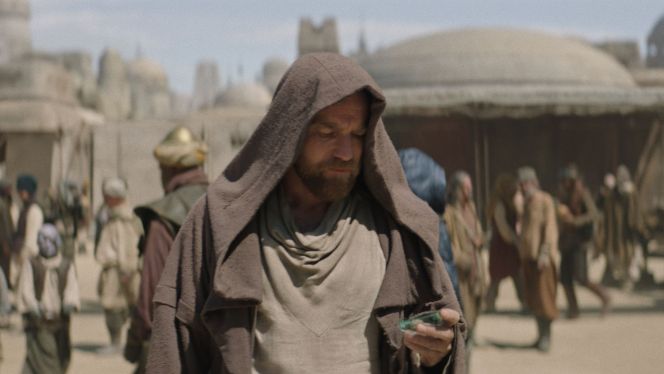
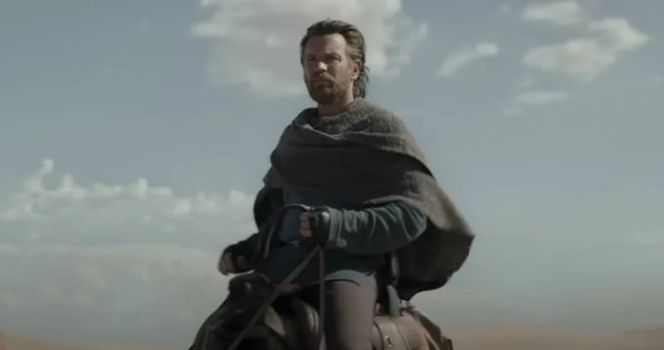
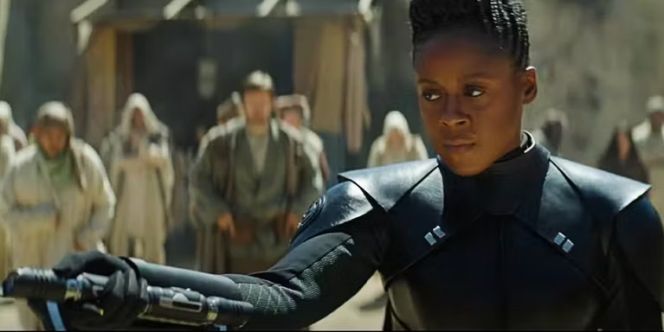
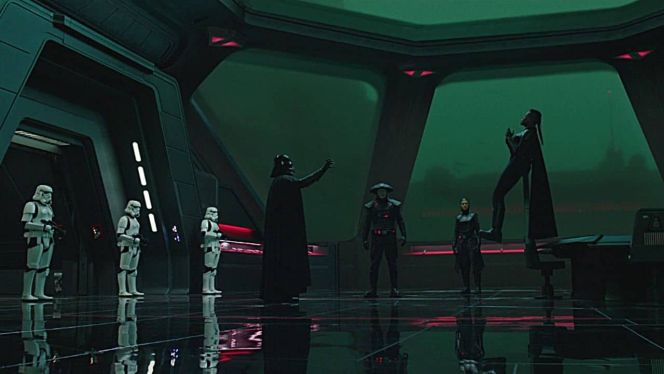
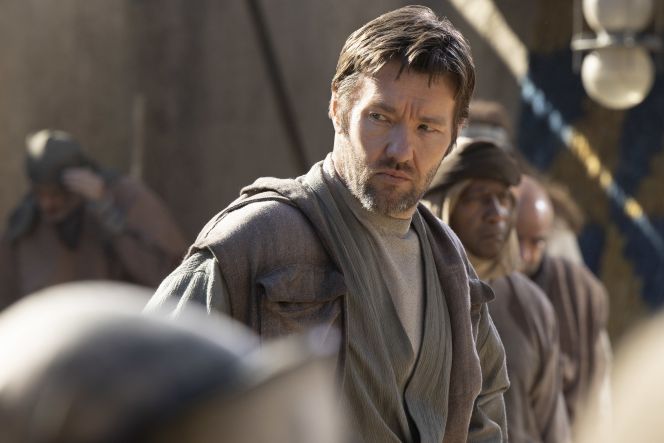




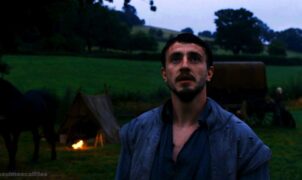





Leave a Reply